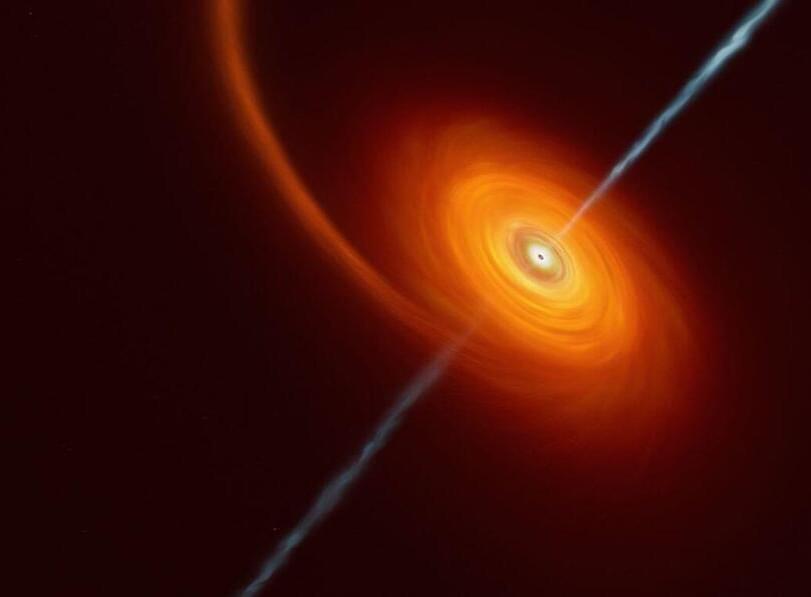Nov 12, 2024
Aging drives a program of DNA methylation decay in plant organs
Posted by Shubham Ghosh Roy in categories: biotech/medical, genetics, life extension
How organisms age is a question with broad implications for human health. In mammals, DNA methylation is a biomarker for biological age, which may predict age more accurately than date of birth. However, limitations in mammalian models make it difficult to identify mechanisms underpinning age-related DNA methylation changes. Here, we show that the short-lived model plant Arabidopsis thaliana exhibits a loss of epigenetic integrity during aging, causing heterochromatin DNA methylation decay and the expression of transposable elements. We show that the rate of epigenetic aging can be manipulated by extending or curtailing lifespan, and that shoot apical meristems are protected from this aging process. We demonstrate that a program of transcriptional repression suppresses DNA methylation maintenance pathways during aging, and that mutants of this mechanism display a complete absence of epigenetic decay. This presents a new paradigm in which a gene regulatory program sets the rate of epigenomic information loss during aging.
The authors have declared no competing interest.

















